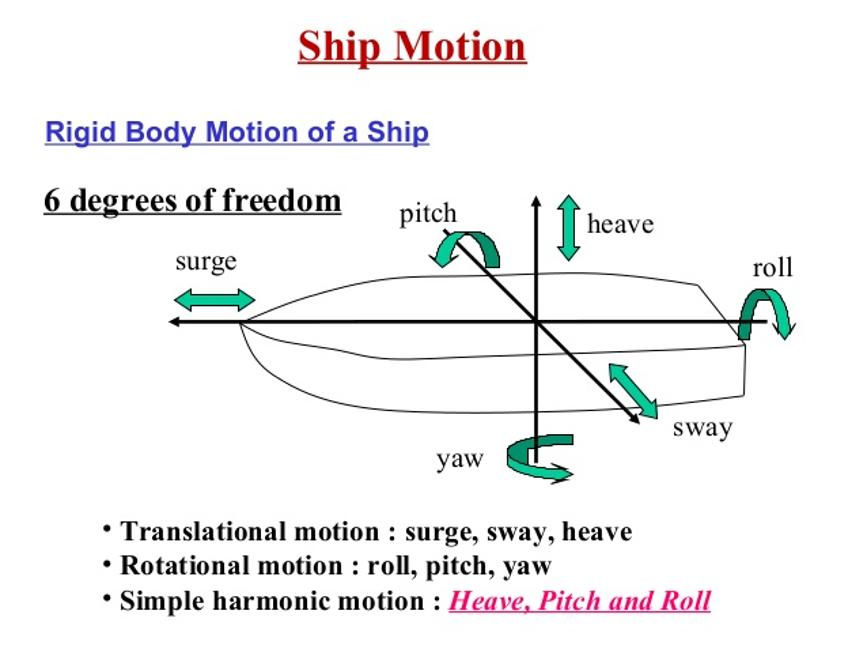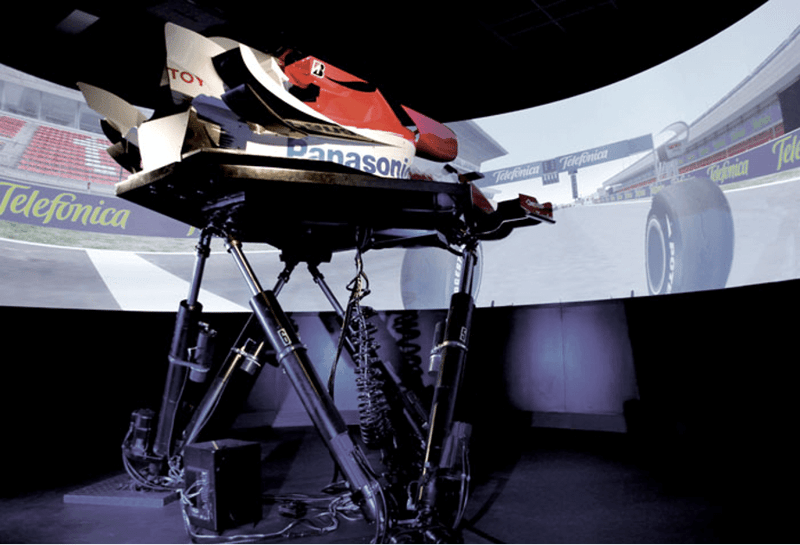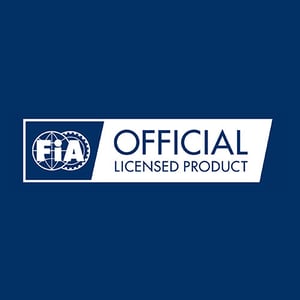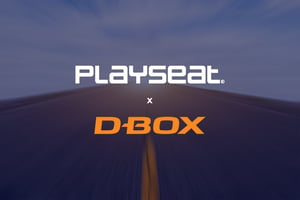Motion simulators are often seen as the pinnacle of one’s rig. Most motion solutions are expensive and require an in-depth knowledge of both the hardware and software in order to achieve the desired results. There are exceptions such as ButtKicker and NextLevel but we see these as more of a gimmick and for fun rather than a serious motion solution. This article will go through the basics of motion platforms, what differentiates good motion from bad motion, and conclude with how motion will affect your driving performance.
There are two main types of motion solutions: seat movers and platform actuators. Seat movers are not worth the investment as they do not accurately represent on-screen vehicle behaviour and therefore, give false feedback to the driver. Most of the seat movers only provide vibrations and 2 Degrees of Freedom (DOF) as in roll and pitch and they utilize the audio file to replicate the “motion”. In short, it just shakes the seat and it does not accurately depict what the suspension would be doing in a real life scenario, it functions more like a gimmick. The benefits of a seat mover are that it will dramatically enhance the experience you have in your rig compared to a static setup and that it does provide some vague details as to what the car is doing through vibration, roll, and pitch. However, from our perspective, it is better to spend that money on a set of hydraulic pedals, high-end VR/triples, or even a direct drive wheelbase.
Motion actuator platforms such as the ones found at Axon Driver Solutions, do have a place in the high-end sim racing world as they have been refined to a point where their technology can be deemed beneficial to sim racers. For the uninitiated, 4 motion devices are mounted to the corners of your rig and replicate what the suspension and car are doing through their vertical movement. As they have become more affordable for prosumer hobbyists instead of just multi-million dollar engineering firms and professional level teams, hobbyists have been implementing more and more motion platforms into their simulation rigs. Within the motion platforms world, there are a few different types: 3DOF, 4DOF, and 6DOF.
 Figure 1: The 6 Degrees of Freedom (DOF)
Figure 1: The 6 Degrees of Freedom (DOF)
3DOF has roll, pitch, and heave and is what Axon currently runs at the shop. 4DOF includes the addition of yaw, and 6DOF adds surge and sway to the mix. If you need a reference as to what those are, please refer to Figure 1. The multi-million dollar simulators used by F1 teams and engineering firms have 6DOF motion platforms and are called Stewart platforms. These platforms are extremely heavy and large, requiring serious technical skills to even set it up and are obviously extremely expensive.
Good vs bad motion is quite obvious and it is not purely down to what hardware or software you use but rather how well the entire package works together, calibration and software are just as important as having high-quality hardware. This is where D-BOX stands out from the competition, D-BOX’s motion configurator is much more robust, easier to use, and makes it easier to achieve the desired results as compared to other offerings. D-BOX takes into account a variety of variables such as suspension, road surface texture, engine vibrations, and slip angle.
This is accomplished by utilizing the telemetry data acquired directly from the sim which in many cases is proprietary due to D-BOX working intimately with the developers, giving us the refined and sophisticated experience that we all love. Having a properly configured motion platform will do wonders for you as you will feel the car through your body which is one of the key areas where real racing drivers look for feedback. Poor motion will make you slower, if not even make you nauseous. Taking it to the extreme, poorly configured motion will have little to do with how the car is behaving in the game and will give you incorrect feedback causing you to overcorrect, overdrive, or stay under the limit, since you are believing that the car is at its maximum given the haptic feedback you are receiving.
In short, the D-BOX ecosystem built from 20 years of industry experience, numerous partnerships, major sim racing names such as Codemasters, iRacing, and car manufacturers such as Porsche sets their systems apart from the rest and allows us to provide the best motion simulation platform possible.
Kevin Zhao, from Axon Driver Solutions
FINAL WORD FROM D-BOX
D-BOX is proud to be able to work with such a partner as Axon Driver Solutions, their professionalism and expertise allow them to make the best of our motions systems and allow the users to experience racing simulation on a whole new level.
Make sur to check out their website here for more awesome articles like this one!
https://axondriversolutions.com/


 Figure 1: The 6 Degrees of Freedom (DOF)
Figure 1: The 6 Degrees of Freedom (DOF)

